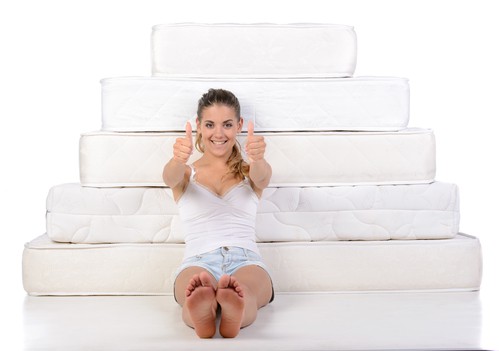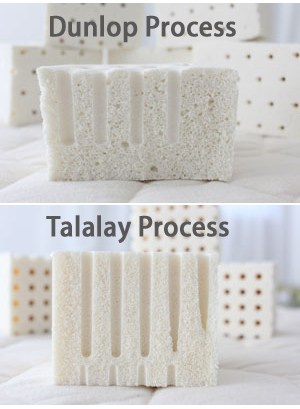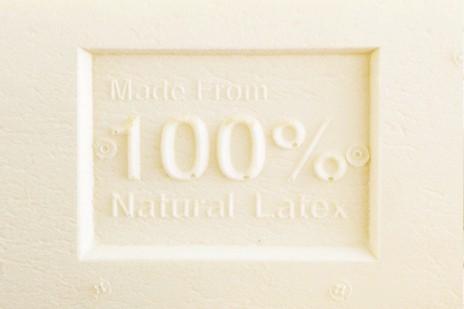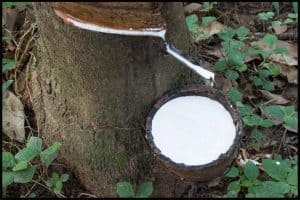Do you wake up feeling fresh or do you sometimes feel more exhausted than when you went to bed? If it’s the latter, then maybe your shoddy old mattress is the culprit. Whether you’re a morning person or a night owl, young or old, the quality of your mattress and, by extension, your sleep, can make all the difference.
With a comfortable, new mattress, you will finally look forward to getting up in the morning, knowing that you’ll feel invigorated and ready to kick-start your day. But with so many mattress stores in San Diego, how do you know where to go and which mattress to choose?
Read on as we fill you in on the various types of latex mattresses to help you avoid the common pitfalls when purchasing a new mattress and choosing one that’s just right.
Latex Mattresses by Latex Type
Latex is a type of dense white foam-like liquid which comes in three varieties – natural, synthetic and the combination of the two. We are firm believers in nature, so we’ll focus on natural latex. This one is obtained from rubber trees which are not even slightly damaged by the process.
Not only is natural latex biodegradable, but the rubber trees that yield the sap used to produce it have a powerful impact on the reduction of CO2 in the atmosphere. This means that you won’t just be doing yourself a favor by purchasing a 100% natural, (and equally comfortable), latex mattress – you’ll be doing the planet a favor as well.
If you’re worried about allergens, fear not! The free proteins that cause allergic reactions are washed off in the production process. Likewise, with genuine all-natural latex, you can rest assured that your mattress will be completely free of toxins.
Latex Mattresses by Production Process
When choosing your prospective natural latex mattress, you should pay attention to its ILD, (indentation load deflection), a unit used to measure how firm a mattress is – the higher the value, the more firm a mattress is. Another factor affecting the firmness of your natural latex mattress is its density.
The final step before making an informed decision about your natural latex mattress is deciding between the two manufacturing methods – Talalay and Dunlop.
The Talalay method is newer and slightly more complex than Dunlop, making its end-product the pricier of the two. If you want your mattress to be bouncy (without quickly returning to its original form), this is the type you need. It is less dense than Dunlop, but also airy and breathable. Its structure is consistent, making it softer as well.
Dunlop-style mattresses, on the other hand, are more firm due to higher density. This production process is faster, making the product less expensive. What is probably the main advantage of this mattress style is its excellent durability. In addition to that, the carbon footprint of this process is minimal, making it the greener option of the two.
The choice between Talalay and Dunlop depends mainly on your personal preferences, but the undecided among us can have the best of both worlds – a firm Dunlop core and a fluffy Talalay top layer for optimal enjoyment.
Stop by a premier mattress store in San Diego
At Mattress Makers, you are sure to find a selection of latex hybrid mattresses and also natural hybrid mattresses of the highest quality. The mattresses in our selection are all organic and chemical-free – choose a mattress that fits your needs and budget!




